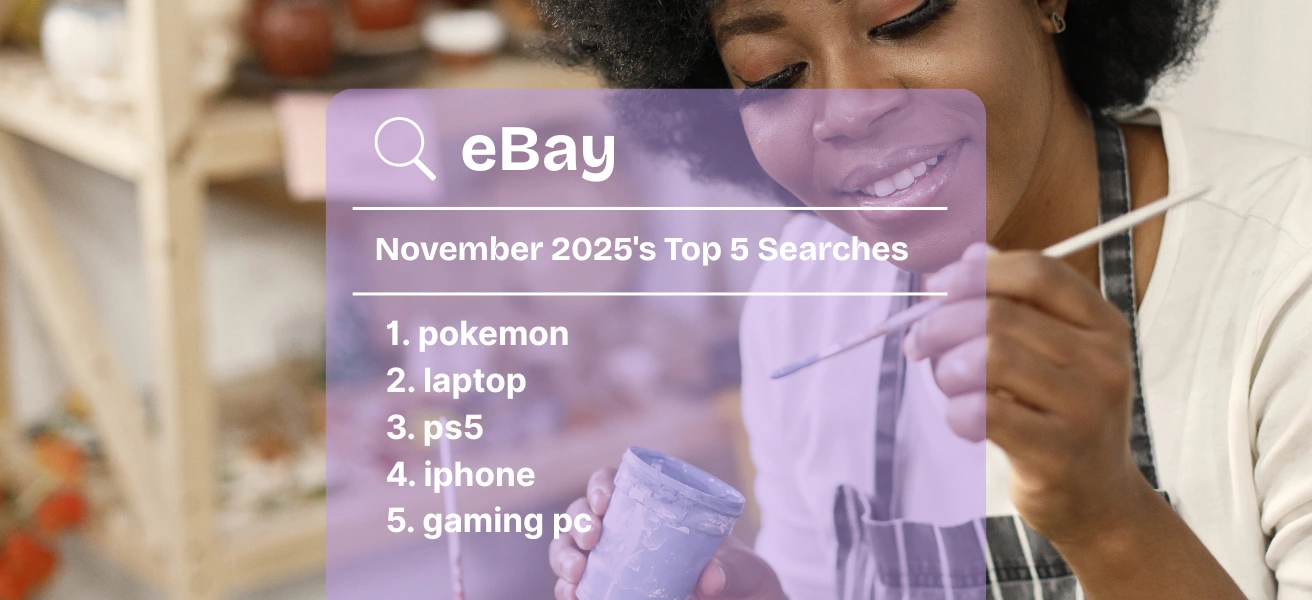Reading Time: 5 minutes 30 seconds
As Etsy Sellers, we are often looking for ways we can simplify some of the more mundane, but important parts of our businesses. Many of us run our businesses by ourselves which means the more time we spend on operational tasks, the less time we get to spend on creating our products.
One of those very important but mundane tasks is getting products out the door. Packing and shipping products is our last chance to make sure everything is right before we send our products off to the customer, so it’s important to have this process dialed in. Creating a dedicated area for this process can help eliminate distractions and opportunities for problems.
Want more info on all of Etsy’s shipping settings? Check out our article on Etsy Shipping 101 to learn about creating shipping profiles and other shipping related info.
Picking The Right Space
Every shop has different available spaces, and shipping requirements for their packages, so finding the right space is going to look a little different for everyone. Whether you only have a corner of your apartment, or an entire warehouse, consider these few basic requirements when picking out the right space.
Your Packing Area
This will vary depending on the general size of the items you sell. A good idea is to have a work surface that will allow you to construct and pack the largest box you use.
A small desk or workbench is a good starting point but there are also dedicated shipping stations you can purchase if you have the budget. The can be found at retailers like Uline and similar supply stores.
Use Vertical Space
When laying out our work and living spaces, its so easy to see limitations based on available floor space and overlook the often-plentiful vertical space. Consider evaluating your available vertical space and take advantage of things like shelving and storage racks to organize your shipping area.
There are many storage shelves on the market that have shelves that can be adjusted. As an alternative to a desk or workbench you could dedicate a mid-level shelf to being your packing surface and use the remaining shelves to store your boxes and other supplies. Creativity is key here, especially when space is limited.
Another great way to maximize vertical space is to use a pegboard such as the Ikea Skadis. There are various hooks and attachments available that make pegboards a great way to store many of your smaller shipping supplies and tools vertically.

If you have limited space, or even just want to be able to move your shipping station around your workspace, then you might want to consider a mobile shipping station.
Consider a Mobile Shipping Station
A mobile shipping station can but put together using a service cart, desk, or rolling toolbox you can easily relocate. ideally you want something that has some drawers built into it. This allows you to neatly organize your shipping tools and supplies. A cart similar to this one is a great option.
Items Your Shipping Station Needs
Now that you have your location selected, it’s time to stock it. Let’s look at some of the supplies and tools to get your shipping station functional.
Tools
There are few essential tools to make your packing experience a simple and efficient one. Here are a few tools we recommend keeping at your shipping station.
- Scissors
- Utility Knife/Box Cutter
- Tape Measure
- Ruler
- Scale
- Packing Tape Gun

Depending on your available space, and budget, it may be helpful to have some sort of computer and a label printer at your shipping station. If you decide to go this route, the computer doesn’t need to be a high-end workhorse. An older laptop is a great way to perform shipping tasks on a budget.
With this all being said, there is nothing wrong with using your main computer and printer. Create the labels then use your shipping station for the rest of the process.
Supplies
These items will vary depending on the items you are shipping, but here is a general list of things you should keep an inventory of at your shipping station.
- Shipping Boxes (sized to safely pack any of your products)
- Packing tape (Always have extra!)
- Shipping Labels (Even if your printer is elsewhere, keep some extra here)
- Fragile Stickers (If you are shipping breakables)
- Bubble wrap, Kraft Paper, or your other favorite material for filling empty space

Branded Materials
If you read our post on marketing materials ideas then you know there are a lot of great ways to add your brand to your shipments. If you use any of these ideas in your shipping process, you will want to make sure you keep an inventory of those items at your shipping station. Things like thank you cards, stickers, branded packing tape, and more.
Set up The Space to Encourage Good Habits
Have you ever derailed your entire morning because you spent 45 minutes looking for the thing you need? Stop doing that!
By intentionally laying out your shipping area, and giving your tools and supplies a home, you can help eliminate missing items. If simply giving your items a home isn’t enough, then you can take it a step further by labeling each spot for your shipping items. This will serve as a visual cue to remind you which item belongs in that spot.
Create Your Operating Procedure
Having a good shipping station is important, but equally important is having a shipping process. Having your shipping process on paper will not only help you create good habits, but it also makes bringing in additional helpers easier. Giving someone a written procedure to follow will save time.
If you’re new to selling online, work through the process for a few weeks or a month. Take note of what seems to be working. Then find what is slowing you down and make adjustments.
If you have been at this for a while, document your entire process anyway, and consider anything you might be able to automate, improve, or eliminate altogether.
An example shipping process could look something like this:
- Print packing slips and labels
- Place packing slips and labels with appropriate item
- Assemble boxes or packaging containers
- Do final items quality check of items and wrap items(If applicable)
- Verify name, address, and item then place in package
- Add any marketing materials to package
- Seal each package and apply shipping label
- Place all your ready to go packages together.
While many of the steps on this list may seem obvious, having a visual cue to make sure nothing gets overlooked is important when creating a routine that will improve your accuracy, especially during busy times like the holiday season.
Conclusion
Hopefully, this helps you get some inspiration to create or improve your own shipping station. We know that in a lot of situations space can be limited but remember that shipping is a very important part of the customer experience. Do what you can to get it right the first time, and organization plays a big part in that.








